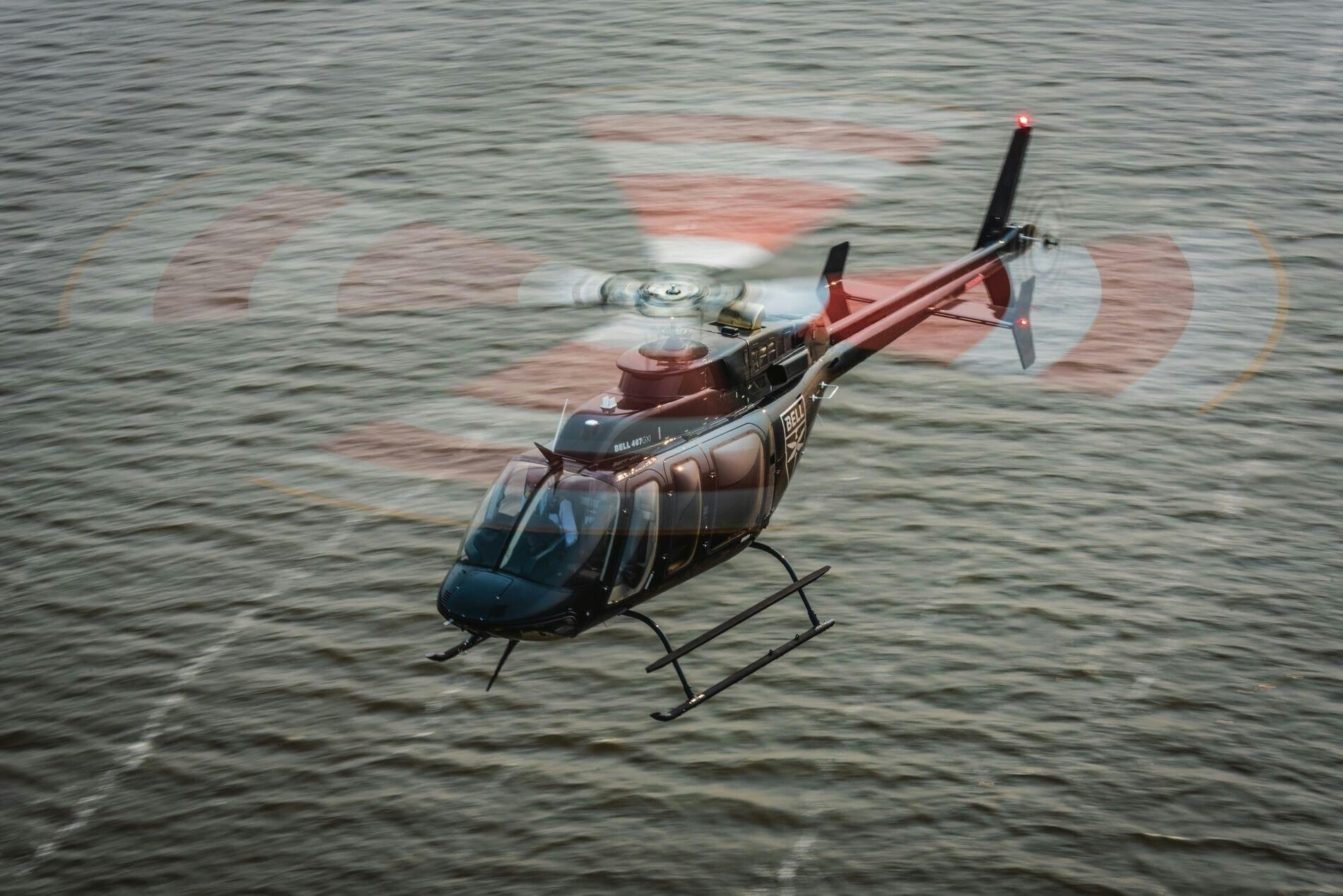
AeroGenie - مساعد الطيار الذكي الخاص بك.
الرائج الآن
Categories
AI and Deep Learning Transform Airport Operations
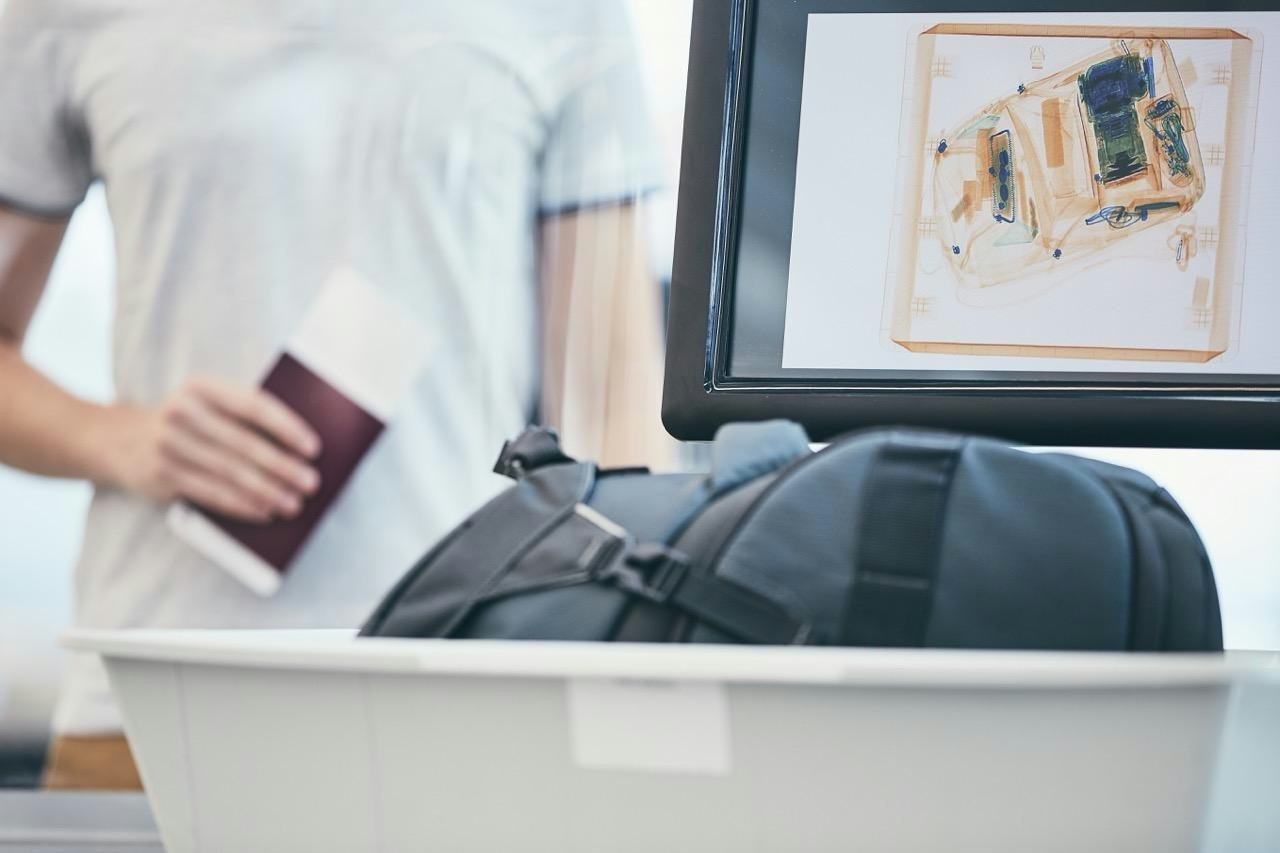
AI and Deep Learning Transform Airport Operations
Artificial Intelligence (AI) has often been met with apprehension, evoking concerns about a future dominated by machines. However, in practical terms, AI has emerged as an indispensable tool, particularly for tasks that are repetitive, hazardous, or difficult for humans to perform efficiently. This is especially apparent in airport operations, where increasing passenger volumes and persistent labor shortages have complicated staffing and operational efficiency. AI-driven automation is now addressing these challenges, providing solutions that traditional methods have struggled to achieve.
Transformative Applications in Airports
AI and deep learning technologies are revolutionizing airport operations at the sensor level, enhancing both efficiency and safety. One notable application is the use of deep learning-enabled sensors to provide precise location data to Jet Bridge Programmable Logic Controllers (PLCs). This enables the autonomous movement of jet bridges, allowing them to connect swiftly and safely to aircraft doors without human intervention.
Another critical development involves advanced 3D color sensors equipped with onboard AI processors, which are trained to detect unauthorized human presence. These systems prevent accidental or illicit entry into secure zones behind ticket counters and baggage claim areas, thereby strengthening airport security.
Furthermore, AI-powered edge devices combined with 3D sensors analyze baggage in real time, classifying items into over 30 categories and determining their conveyability. This capability reduces conveyor jams and improves overall throughput, addressing logistical challenges that have long plagued baggage handling systems.
Collectively, these innovations not only streamline operations but also enhance security protocols and logistical efficiency, meeting the complex demands of modern airports.
The Foundations of AI and Deep Learning
Central to these advancements are neural networks, computational models inspired by the human brain’s architecture. The brain’s approximately 85 billion neurons form intricate pathways that store and reinforce memories. Artificial neural networks replicate this structure through interconnected nodes—artificial neurons—that adjust the strength of their connections to learn from data. Deep neural networks, characterized by multiple layers, are capable of recognizing complex patterns and making increasingly sophisticated decisions. This technology underpins the latest generation of airport automation systems, enabling them to perform tasks with a level of precision and adaptability previously unattainable.
Challenges and Industry Implications
Despite the clear benefits, the integration of AI and deep learning into airport operations presents significant challenges. The substantial costs associated with AI investments can place considerable strain on budgets, particularly as companies seek to maintain a competitive edge in a rapidly evolving market. As more airports and service providers adopt similar AI technologies, the industry faces the risk of market saturation, which could erode competitive advantages and compress profit margins.
Investor sentiment remains divided. While some view AI as a pathway to enhanced efficiency and profitability, others express skepticism regarding long-term returns, given the high upfront costs and uncertain financial outcomes. Ethical considerations also persist, especially as analogous AI technologies are explored in sensitive sectors such as military operations, raising questions about responsible deployment.
Looking Ahead
As AI and deep learning continue to reshape airport operations, the industry must navigate a complex landscape that balances the promise of improved efficiency and safety against the realities of cost, competition, and ethical responsibility. Moving forward will require prudent investment strategies, thoughtful regulatory frameworks, and ongoing assessment to ensure that the transformative potential of AI is harnessed effectively and responsibly.

Europe Advances Aviation Sustainability Through SAF Mandates and Innovation

Lufthansa's Fleet Plans for 2025

Fifteenth National Games Model Aviation Finals in Longhua Showcase Drone Sports and Innovation
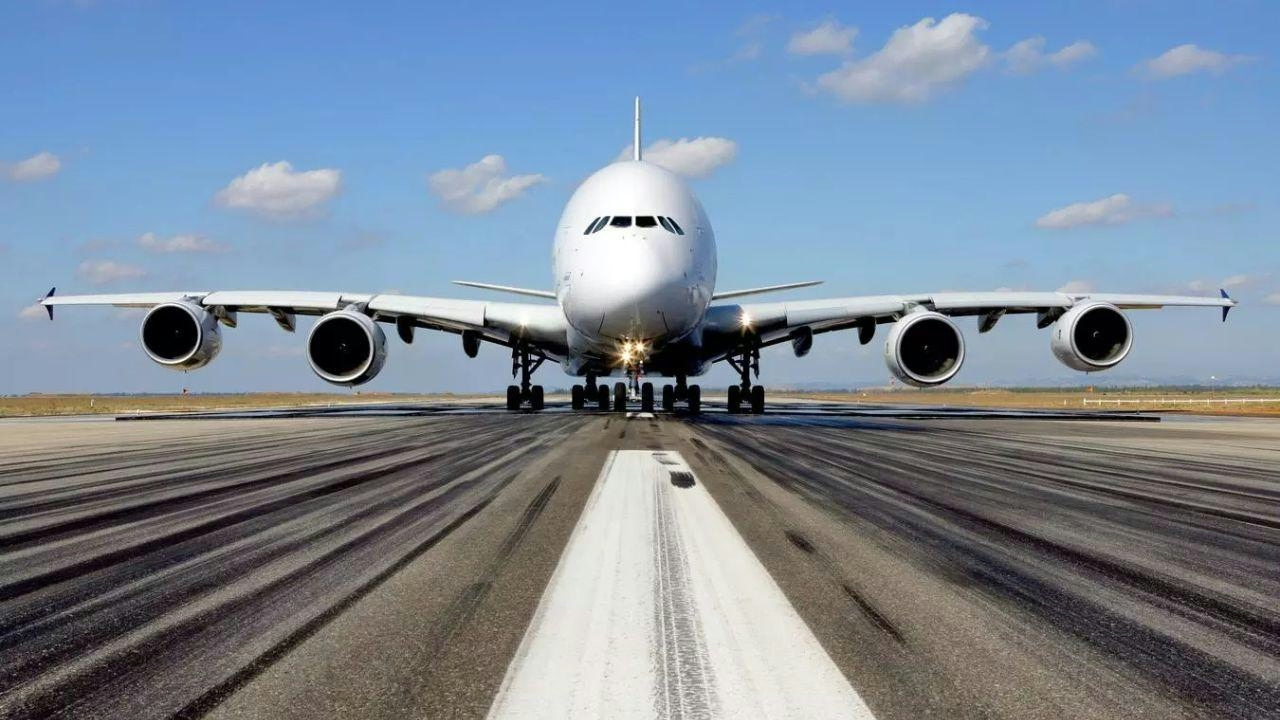
Brazilian Woman Becomes First Female Captain of Airbus A380
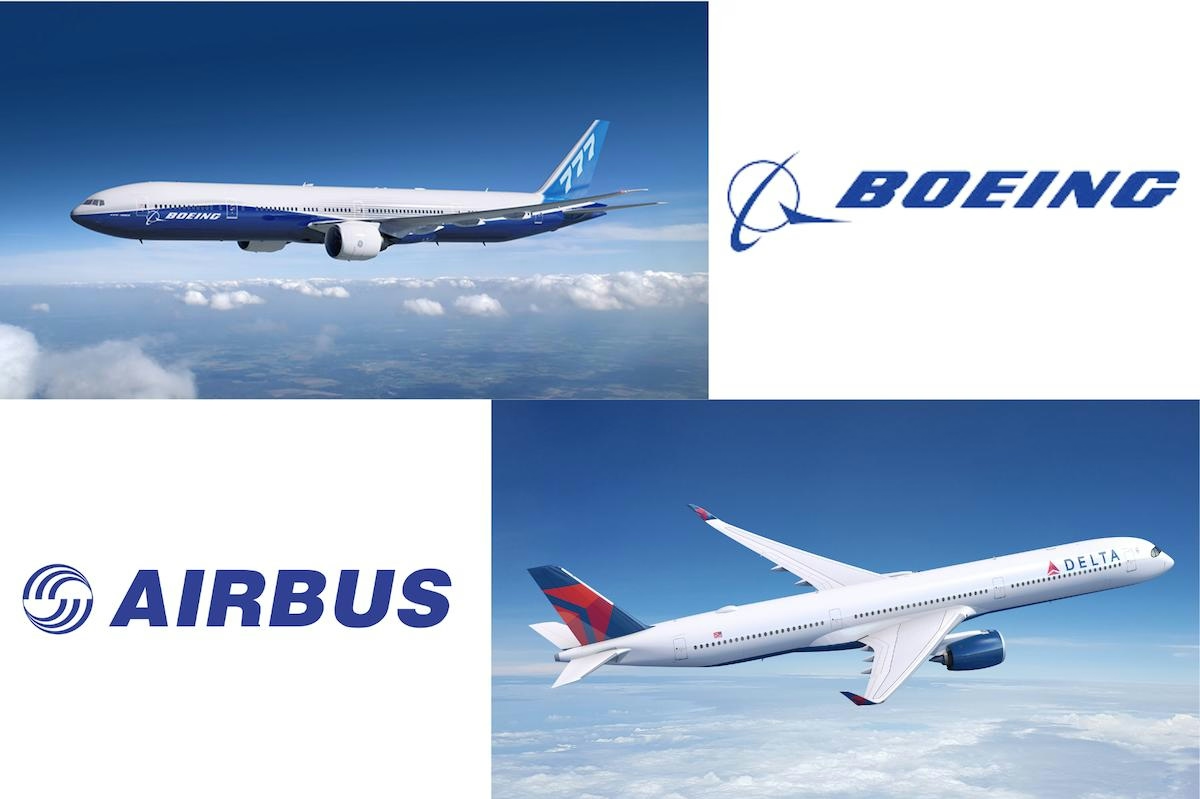
Airbus and Boeing: Comparing Their Global Reach

Vietjet Orders 100 Airbus A321neo Jets, Strengthening UK-Vietnam Strategic Partnership
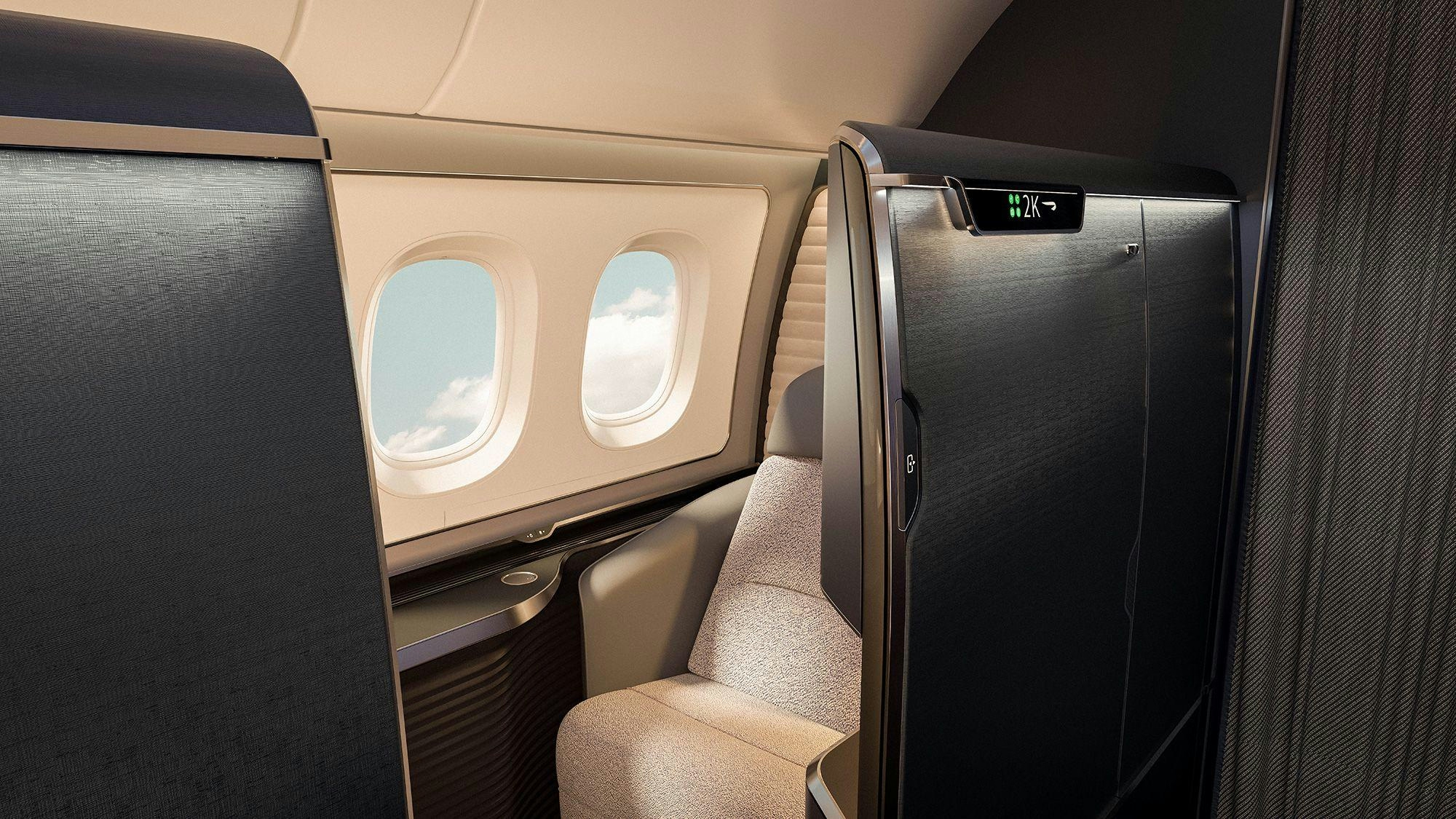
The Aircraft Set to Replace the Iconic Superjumbo

Delta Air Lines Introduces AI-Powered Concierge Service

Shanghai to Host 2025 North Bund International Aviation Forum
